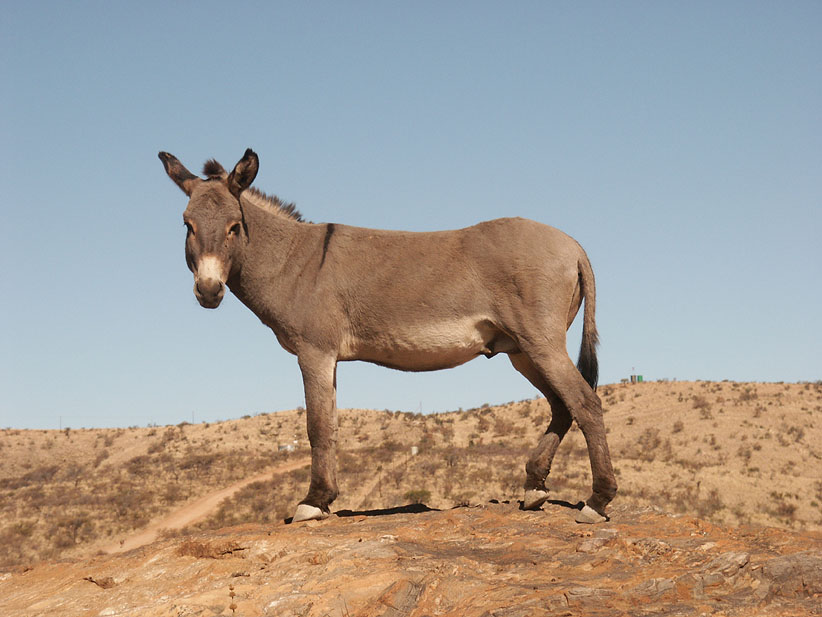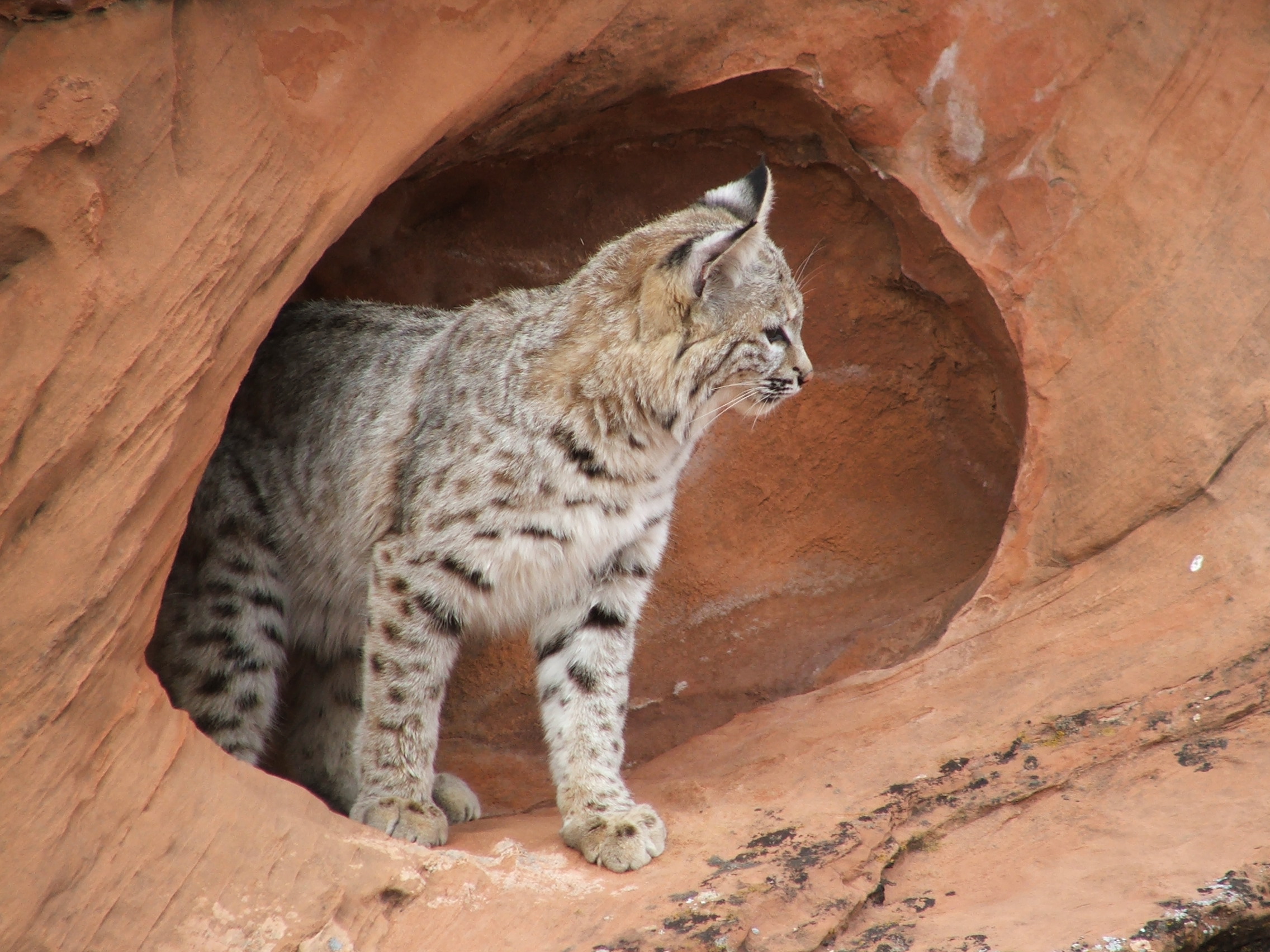Mojave Desert Animals Adaptations

An accumulation the very best Mojave Desert Animals Adaptations wallpapers and backgrounds designed for download for free. We hope you enjoy our growing assortment of HD images to use as a background or home screen for your smartphone or computer. Please contact us if you wish to publish a amazing background on our site. Only the best wallpapers. Everyday additions of new, wonderful, HD wallpapers for computer and phones.
A ton of magnificent Mojave Desert Animals Adaptations backgrounds so that you can down load with regard to free. It is also possible to include in addition to share the best wallpapers. HD wall papers along with historical past graphics

Pinterest • The world’s catalog of ideas

A Hawaiian quilt block which has been adapted to cross

National Parks In California Are Renowned For Their

Mojave desert animals adaptations
Plants can store nutrients and water needed. The species that live in the sahara are highly adapted to survive in the extreme conditions they live in. Deserts usually get at most 50 centimeters (20 inches) of rainfall a year, and the organisms that live in deserts are adapted to this extremely dry climate. As with various other animals found here, even chuckwallas resort to typical desert animal adaptations to survive the arid conditions and stay active when the temperature reaches as high as 102°f. It lies in south eastern california at 35° to 36° latitude north and 115° to 117° longitude east. Most adaptations fall into three categories: The mojave desert is situated between the great basin desert to the north (a cold desert) and the sonoran desert to the south (a hot desert). Large ears for dissipating body heat; Territorial males dominate other smaller males in their territory. As you can see from the climate graph for kuwait, plants and animals in the desert have to cope with very little water. Many desert animals avoid extremes of heat or cold by avoiding those conditions in subterranean or vegetative cover sites, and only being active for relatively short periods of time on a daily. The mojave desert happens to be one of the most visited tourist destinations in the. There are 50 documented mammal species living within mojave national preserve. The mammals are the class of vertebrate animals primarily characterized by the presence of mammary glands in the female which produce milk for the nourishment of young; Lizards like mojave desert iguanas, western banded geckos, and banded.
They do so by eating a broad diet. Desert animals are more susceptible to temperature extremes than are desert plants. Animals that live in the desert biome are sometimes referred to as xerocoles. Plant and animal adaptations in the desert. They will eat the following: Adaptations seen in animals that live in the desert include: The ability to store water; Although the mojave region is a desert and experiences very little precipitation. Southwestern united states and northwestern mexico length: Some notable mojave mammals are described below: Mammals in the mojave desert. Throughout the winter, from october to april, the desert monitors will hibernate in the burrows. The greater roadrunner (geococcyx californianus) is a bird species found in the great basin, sonoran, mojave, and chihuahuan deserts [10].it has several physiological adaptations well suited for arid desert environments, like a specialized nasal gland that allows it to remove excess salt from the water it consumes [10]. Mojave rattlesnakes mostly eat small lizards and rodents which are surprisingly common in the desert. Mojave desert fauna mojave desert species are renowned for the variety of ways that they adapt to the harsh environmental conditions found there.
And which have endothermic or warm blooded bodies. The presence of hair or fur; Crotalinae (the pit vipers) where found: Nocturnal behavior, wherein certain species of animals only leave their dwelling at night. Its boundaries are generally noted by. During the winter, however, these lizards go into hibernation, only to return in warmer time of the year. Small mammals, insects and birds are the main animals on which desert monitors prey on. Some animals live throughout all the southwestern desert areas and some are merely passing through on a migratory path. Roots are shallow and spread over a large area to collect as much water as possible. The sahara desert takes up ten percent of the continent of africa, and is the largest desert in the world. Coyote (canis latrans) is another frequently seen desert mammal. By doing so, they can conserve energy and can survive a long period without food. The animals here resort to a set of behavioral adaptations, like nocturnality, estivation, and migration, and physical adaptations like long legs (to keep them above the ground) and large ears (to facilitate heat dissipation), so as to survive in this desert. It is approximately 25,000 square miles and covers land between several other deserts, including the sonoran desert (to the south) and the great basin desert (to the north). The mojave desert occupies more than 25,000 square miles (65,000 square km) and joins the sonoran, great basin, and chihuahuan deserts in forming the north american desert.the mojave extends from the sierra nevada range to the colorado plateau and merges with.
The ability to survive on very small amounts of water; Finally, students complete a graphic organizer and write a paragraph comparing two animals from the mojave desert. These animals have unique adaptations that enable them to survive in extreme heat with little water. Some animals survive only in the mojave desert, these are called endemic species. Plants in deserts have adaptations to conserve water. Other adaptations of animals include: The mojave or mohave desert, is the smallest of the four north american deserts. Horned rattlesnake, sidewinder rattlesnake, mojave desert sidewinder, sidewinder rattler scientific name: Crotalus cerastes type of animal: Desert snakes have to get used to the limited prey on offer around them. 43 to 76 cm (17 to 30 in) Mojave desert, arid region of southeastern california and portions of nevada, arizona, and utah, u.s.it was named for the mojave people. One of four members of the dog family (canidae) found within the preserve, coyotes in the desert are significantly smaller and are lighter in color than. It is in the southwestern united states, primarily within southeastern california and southern nevada, and it occupies 47,877 sq mi (124,000 km 2).small areas also extend into utah and arizona. The mojave desert is located in the southwest of the united states.
Adaptations help desert animals to acquire and retain water, and to regulate body temperatures, which helps them… arizona desert animals with temperatures fluctuating between 120 °f during the day and 40 °f at night, survival in the scorching desert of arizona is definitely a herculean task, and yet, some animals… Sidewinder facts at a glance. While rereading, students follow along as the teacher reads, reread with a partner, or reread independently. This biome has a layer of soil that can either be sandy, gravelly, or stony, depending on the type of desert. Animals receive heat directly by radiation from the sun, and indirectly by conduction from the substrate (rocks and soil) and convection from the air. The desert monitors make a sudden attack on its preys. Overview of the mojave adaptations. Regardless, whether living permanently in the mojave, staying only seasonally or flying by, adaptations to the extreme climate and lack of water.
Related post:


40 Breathtaking Portraits Capture The True Beauty Of

Barrel cactus Desert animals and plants, Trees to plant

Mojave Desert Cacti Flowers Cactus flower, Desert cactus

Pin van Erik Janssen op Design inspiratie Tonijnsalade

In Photos Flashy Collared Lizards of the North American

Desert Tortoise in the Mojave Desert (With images

Pin van Erik Janssen op Design inspiratie Tonijnsalade

Mojave Desert Cacti Flowers Cactus flower, Desert cactus

Gila Monster, Mojave Desert, Red Cliffs Desert Reserve

Fitness, traits, and survival lessons on adaption with

desert

Agave Photo by Gareth Pearson Plants, Types of plants

Comanche Trails Park Odessa, TX lots of geocaches and

Agave Photo by Gareth Pearson Plants, Types of plants

Longbilled Curlew Bird species, Curlew, Species

Sign on the Trail Crest of Mount Whitney trail Mount

The desert iguana (Dipsosaurus dorsalis) is welladapted

Jackrabbits in the Mojave desert Country critters
That's all about Mojave Desert Animals Adaptations, Regardless, whether living permanently in the mojave, staying only seasonally or flying by, adaptations to the extreme climate and lack of water. Overview of the mojave adaptations. The desert monitors make a sudden attack on its preys. Animals receive heat directly by radiation from the sun, and indirectly by conduction from the substrate (rocks and soil) and convection from the air. This biome has a layer of soil that can either be sandy, gravelly, or stony, depending on the type of desert. While rereading, students follow along as the teacher reads, reread with a partner, or reread independently.



